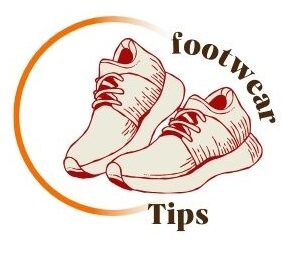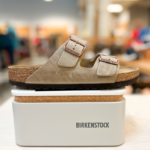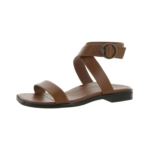Address:
- 2365 Hood Avenue, San Diego, CA, 92123
To take care of your feet in the winter, regularly moisturize, wear warm socks, and protect from extreme cold. During the winter months, it is essential to give extra attention to your feet to prevent dryness, cracking, and discomfort.
The cold weather and indoor heating can strip the skin of its moisture, leading to rough and cracked heels. By following a few simple steps, you can keep your feet healthy and happy throughout the winter season. Proper hydration, regular moisturizing, wearing warm socks, and protecting your feet from extreme cold are key to maintaining soft and smooth skin.
With these tips, you can enjoy cozy winter days without worrying about your feet.

Credit: anyasreviews.com
During winter, it’s crucial to care for your feet as the cold weather can lead to dryness and cracking. To protect your feet, moisturize daily, wear warm socks and properly fitted footwear, and avoid prolonged exposure to cold and wet conditions.
Prioritize foot health to prevent discomfort and maintain overall well-being.
When winter arrives, it brings along chilly temperatures and harsh conditions that can take a toll on your feet. The cold truth is that winter can be particularly challenging for foot health. From freezing temperatures to wet and slippery surfaces, winter poses various risks that can lead to common foot problems. To ensure your feet stay happy and healthy during the winter months, it’s essential to understand the chilling challenges you may face and how to prevent or address common foot problems that arise in cold weather.
During the winter, your feet face unique challenges due to the cold weather. The following chilling challenges can impact your foot health:
As the winter weather takes its toll, several common foot problems can arise. Being aware of these problems can help you take preventive measures and seek timely treatment if needed:
Now that you understand the chilling challenges and common foot problems in cold weather, it’s time to learn how to take care of your feet during winter. Stay tuned for our next blog post, where we will share essential tips and remedies to keep your feet happy and healthy throughout the winter season.
During the winter, the cold weather and indoor heating can lead to dry, cracked, and uncomfortable feet. Proper hydration is crucial to maintain the health and appearance of your feet. Dry skin can lead to painful fissures, calluses, and even infections. Moisturizing your feet regularly is essential to ensure they remain soft and supple, even during the harshest winter conditions.
When it comes to choosing the best moisturizer for your feet, it’s important to opt for products specifically formulated for this purpose. Look for moisturizers that contain ingredients like shea butter, glycerin, or hyaluronic acid, as these can deeply hydrate and protect your skin. Additionally, products with natural oils such as coconut, olive, or argan oil can provide long-lasting moisture and nourishment for your feet.
When it comes to taking care of your feet in the winter, choosing the right socks is essential for warmth without the sweat. The right socks can keep your feet comfortable and dry, preventing issues such as blisters and cold-related conditions. Here’s how to select the best socks for winter.
Choosing the right materials for your winter socks can make a significant difference in keeping your feet warm and dry. Look for socks made from merino wool or synthetic fibers such as polyester or nylon. These materials are known for their moisture-wicking properties, which help to keep your feet dry even when wearing boots for extended periods.
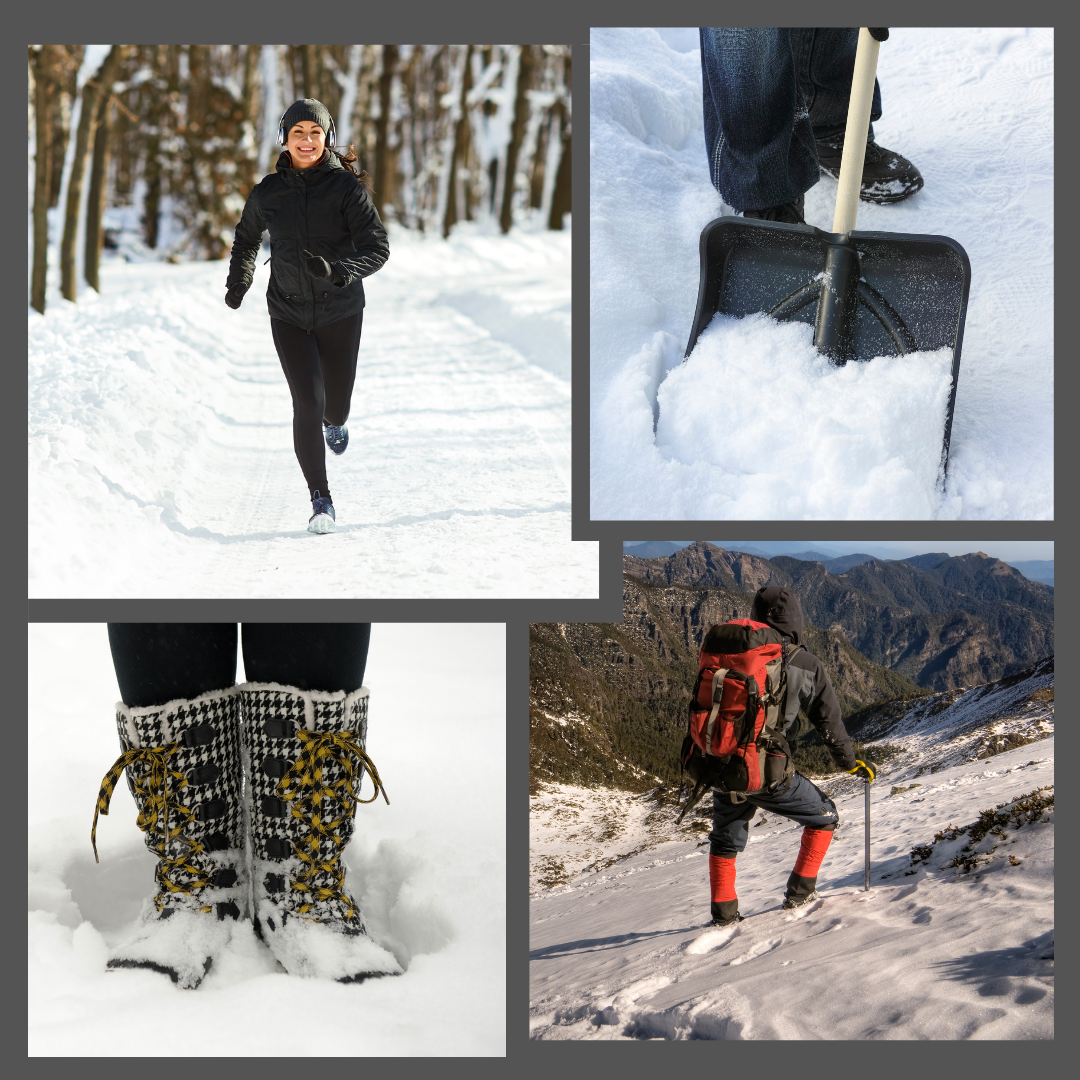
Credit: www.dayspabodybasics.com
When winter arrives, it’s crucial to take extra care of our feet to keep them warm and protected from the harsh cold weather. One of the most important aspects of foot care in winter is choosing the right footwear. Investing in a pair of winter boots with the right features can make all the difference in keeping your feet comfortable and safe during the colder months. In this article, we’ll explore the winter boot basics and key features to look for when selecting the perfect pair.
Winter boots are specifically designed to provide insulation, traction, and protection from cold, wet, and snowy conditions. They are typically made with materials that are waterproof or water-resistant to keep your feet dry. Additionally, winter boots have a thicker sole and a higher shaft to prevent snow from entering the boots.
It’s important to choose boots that provide proper insulation to keep your feet warm. Look for boots with a lining made of materials such as wool or synthetic fibers like Thinsulate, which offer excellent insulation properties. These linings help to retain heat and keep your feet cozy even in freezing temperatures.
| Key Features | Description |
|---|---|
| Waterproof or Water-Resistant | Look for boots with a waterproof or water-resistant exterior to keep your feet dry and protected from snow, slush, and wet conditions. |
| Insulation | Choose boots with a warm lining, such as wool or Thinsulate, to provide the necessary insulation and keep your feet warm in cold temperatures. |
| Grip and Traction | Ensure that the boots have a sturdy outsole with good grip and traction to prevent slipping on icy surfaces. |
| Adjustable Fit | Look for boots with adjustable features like laces or straps to ensure a snug and comfortable fit. |
| Support and Cushioning | Consider boots with proper arch support and cushioning to provide comfort and reduce the risk of foot fatigue. |
By considering these key features when selecting your winter boots, you can ensure that your feet stay warm, dry, and protected throughout the winter season. Don’t compromise on quality and invest in a reliable pair of boots that prioritize both functionality and style.
When the winter season arrives, it’s important to pay extra attention to the health of your feet. Exercise and circulation are key elements in maintaining agile and healthy feet during the colder months. By incorporating winter-friendly foot exercises and implementing strategies to boost blood flow, you can ensure that your feet remain in top condition even in the most frigid weather.
Staying active is crucial for maintaining foot health during the winter. Engaging in simple exercises can help to keep your feet agile and flexible. Consider incorporating the following winter-friendly foot exercises into your routine:
Proper blood circulation is essential for keeping your feet warm and healthy in the winter. Here are some effective ways to boost blood flow to your feet:

Credit: timesofindia.indiatimes.com
During the winter months, dryness can wreak havoc on our feet, leading to discomfort and potential issues. Combatting this dryness is crucial, and two key ways to do so are through the use of humidifiers and staying hydrated.
Humidifiers help add moisture to the air, preventing dryness on our skin, including our feet. Placing a humidifier in your bedroom can create a more comfortable environment for your feet.
Drinking plenty of water is essential for maintaining hydrated skin, including on your feet. Ensure you are consuming an adequate amount of water daily to support skin health.
If you notice severe foot pain or persistent issues, it’s time to seek professional care.
During winter, your feet need extra care to stay healthy and comfortable. Here are some simple and effective DIY foot care tips to keep your feet in top condition:
Keeping your feet warm in winter is crucial. Invest in insulated boots, thick socks, and avoid wearing cotton socks as they absorb moisture. Use foot warmers and keep your feet dry to prevent frostbite.
Moisturizing your feet regularly in winter is essential to prevent dry and cracked skin. Apply a good quality foot cream daily, especially before bedtime. If you have extremely dry feet, apply it twice a day.
Wearing flip-flops in winter is not recommended as they provide no protection from the cold. It is best to wear closed-toe shoes or boots with a good grip and insulation to keep your feet warm and dry.
Preventing slipping on ice is crucial to avoid injuries. Wear boots with good traction and anti-slip soles. Walk slowly and take small steps. Avoid stepping on icy patches and walk on cleared paths. Use ice melt or sand for added traction.
Taking care of your feet during the winter is crucial to maintain their health and well-being. By following these simple tips like keeping them warm and dry, moisturizing them regularly, and wearing proper footwear, you can prevent common winter foot problems.
Don’t forget to check your feet regularly for any signs of issues and seek medical attention if needed. With a little extra care, you can enjoy healthy and happy feet all winter long.
Get our most valuable tips right inside your inbox, once per month!
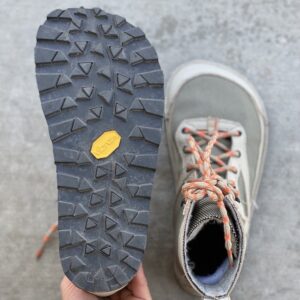
Looking for walking shoes with a wide toe box? Check out these top options for men and women that offer comfort, support, and a roomy

Looking for cheap barefoot shoes? Check out WHITIN Men’s Ultra-ventilated Barefoot Shoes for $19.99 on Amazon.com or Men’s Quick-dry Barefoot Shoes for $8.47 on Temu.
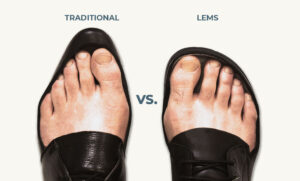
Foot-shaped shoes are available in various brands such as Lems Shoes, Padgene, Barekick, WHITIN, relxfeet, Xero Shoes, New Balance, Earthing Harmony, Atoms, BRONAX, Hike Footwear,

Toddler Barefoot Shoes provide a minimalist and lightweight option for kids to splay their feet naturally while walking, running, or playing sports. These shoes have

Discover a variety of wide toe box shoes for women in Austin, Texas, including options from Orthofeet, WHITIN, Temu, and more. These shoes offer comfort

Toe box shoes provide ample space for the toes, allowing them to move freely and comfortably. They are available in various styles and sizes, with
